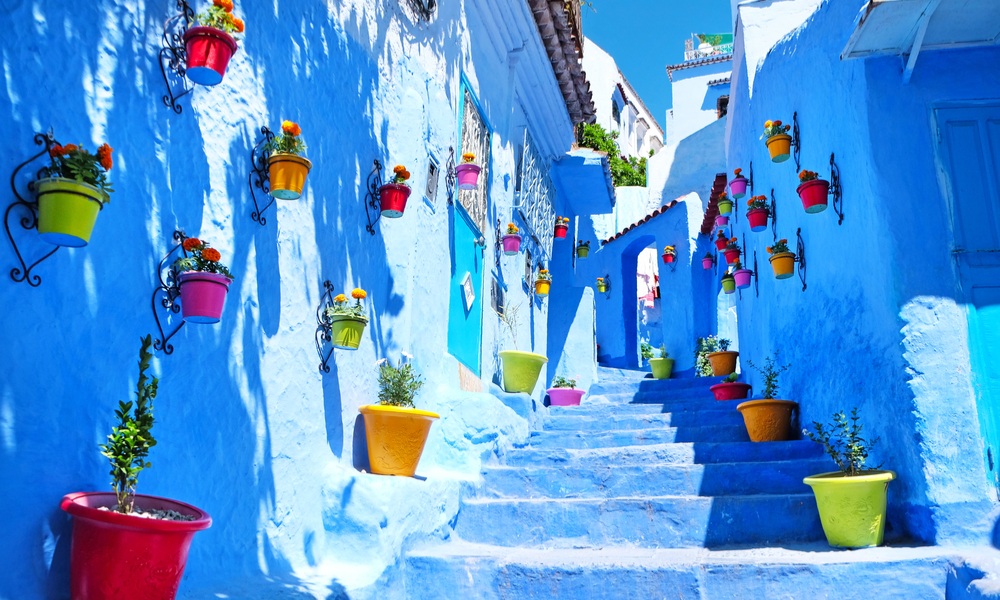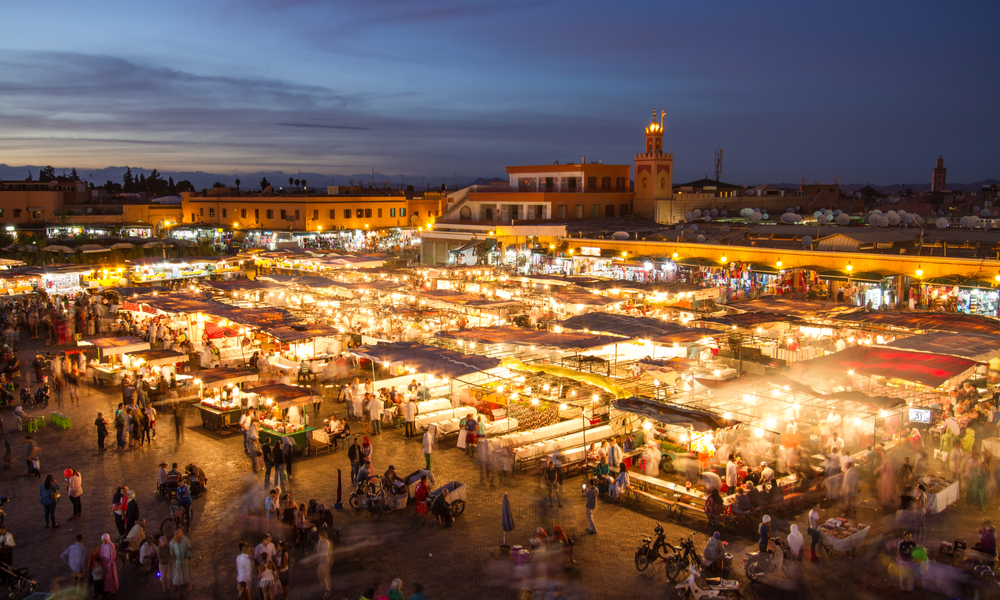Morocco Is The Latest Destination For Intrepid Pot Tourists
The post Morocco Is The Latest Destination For Intrepid Pot Tourists appeared first on High Times.
Northern Morocco is a primary production center for “kif”—the colloquial Moroccan name for marijuana—and for hashish, for export to Europe. It has become so popular there that pot tourists often travel to visit its source. Farmers grow the cannabis locally in the northern regions of Ketama and Chefchaouen. And it attracts thousands of visitors each year to the North African country.
Marijuana in Morocco

According to the United Nations Office on Drugs and Crime (UNODC)’s 2017 World Drug Report’s chapter on plant-based drugs, Morocco remains the country most reported by United Nations’ Member States as the source of cannabis resin, or hashish.
During 2010 to 2015, 26 percent of the global total authorities seized originated in countries in North Africa. Most notably Morocco, followed by Algeria, and Egypt. Morocco had over 110 tons of Cannabis resin seized.
In 2015, the largest cannabis resin seizures occurred in Spain, Pakistan and Morocco, which follows the natural export route from Morocco to Spain. In addition to ongoing direct shipments of cannabis resin from Morocco to Spain, and subsequent shipments by land to France, Italy and the Netherlands, for further distribution to other European countries, Europol has reported an emerging trafficking route from Morocco to Libya (either by sea or by land), and then on to Italy.
By contrast, cannabis herb seizures more than doubled over the same period in Africa. The second largest seizures of cannabis herb were reported in Africa, mostly in Nigeria, Egypt and, of course, Morocco.
In contrast to the slight decline in seizures of cannabis herb worldwide over the period 2010-2015, cannabis resin seizures increased. This reflects a twofold increase in interceptions in North Africa. Sellers mainly smuggle cannabis resin from Morocco to Europe and other countries in North Africa.
Both UNODC and Europol data estimate that most of the cannabis resin found in Europe continues to originate in Morocco. Although traffickers also take Afghan cannabis resin to Europe, often using Albania as a first distribution hub.
The Official Position

Despite the UN’s report that the majority of hashish in Egypt comes from Morocco, Permanent Representative of the Kingdom of Morocco to the United Nations, Ambassador Omar Hilale, claims ignorance of an export route into Egypt. He said his country “cooperates with Interpol, the UN, and all regional countries, to stop trafficking.”
“Morocco is against any legalization of Marijuana.” He continued, “We are committed to the international and UN conventions. We have a zero-tolerance policy. No legalization. In Morocco, it’s forbidden. We are against it. Anyone who is using, planting, or selling hashish is a criminal and, if caught, goes to jail. We have cooperation with UNOV on drugs and crime, and we are a member of the executive organization.”
When asked if marijuana and hashish should be decriminalized, or removed from the narcotics category, he said, “I am not a doctor, but from my knowledge, marijuana, hashish, and derivatives are all equal, they destruct [sic] your brain, your life, and human potential, which is why they must be combatted.
“Until you have seen small children whose parents are languishing on drugs, you don’t really see the destruction it causes.
“If hashish were to become legal, even if the age of purchase were 21, young kids would ask older friends to buy it for them, the same way they do with alcohol.”
Despite the ambassador’s hardline stance against it, authorities tolerate smoking kif as part of the local culture.
Final Hit: Morocco Is The Latest Destination For Intrepid Pot Tourists
While Moroccan law bans the sale and consumption of marijuana and hash, that has not prevented ganja farmers from growing vast plantations of it. It provides a living for 100,000 families.
In the latter part of 2015, Titan of industry, Richard Branson, founder of Virgin, voiced his support for an initiative in Morocco for the decriminalization of marijuana for medicinal use.
Sixty miles (100 kilometers) to the west of Ketama, the town of Chefchaouen has also staked a claim on the map thanks to hashish. This hashish hamlet, high up in the hills, is now buzzing with pot tourists.
Twenty years ago, you could take a boat from Portugal to Morocco for less than $1, which tourists often did, just to smoke freely. The ferries cost more nowadays, but the pot tourists still come in droves.
Like Ketama, Chefchaouen claims renown for its cannabis production. Small-time hashish hustlers and unlicensed guides casually approach tourists to offer them a tour of nearby farms to meet the “kifficulteurs” – local cannabis producers. (Guesthouses provide a similar service for around $18.)
Cannabis plants are visible as far as the eye can see. Growers cultivate several varieties, including Mexican, Afghan, and naturally, domestic. Many farmers in the area use imported seeds to expand the crop. Various tour groups walk around as casually as if they were visiting a sugar cane plantation in Jamaica.
The post Morocco Is The Latest Destination For Intrepid Pot Tourists appeared first on High Times.


